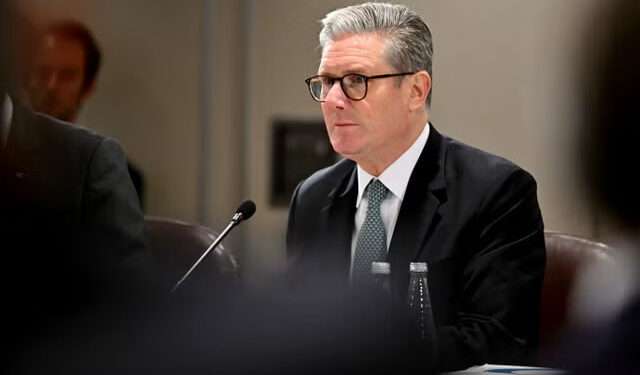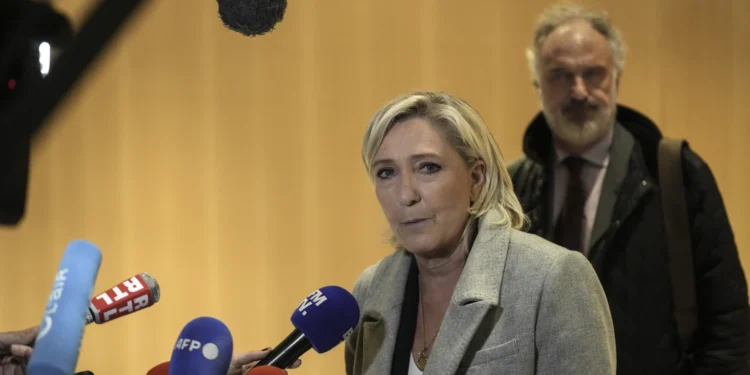The Central Bank of Zimbabwe is likely to keep its key policy rate on hold at 40 per cent over the remainder of 2021, Fitch Solutions forecasts.
In June 2021, the Reserve Bank of Zimbabwe (RBZ) kept the policy rate on hold at 40 per cent. The Central Bank of Zimbabwe reiterated its focus on maintaining the current disinflationary path while supporting the robust economic growth outlook for 2021 and beyond.
The current policy rate has been kept at current levels since a 50 basis point increase in February 2021. And Fitch Solutions indicates that it is unlikely for the Bank to change it for the rest of the year.
Accordingly, Fitch Solutions expects annual average inflation to remain elevated in 2021. Inflation averaged 557.2 per cent in 2020, peaking at 837.5 per cent on a year-on-year basis in July 2020. While base effects have contributed to a notable slowdown in year-on-year inflation in H2 2021, these are likely to fade over the remainder of the year.
Additionally, key inflationary drivers including currency depreciation (notably on the parallel market), and ongoing shortages of US dollars, will persist despite some progress tackling such issues.
“While we expect price pressures to moderate in H2 2021 given a slower pace of currency depreciation, inflation will remain elevated, at an annual average of 140.1% in 2021. However, we do not expect the reserve bank to implement a rate hike given still weak economic activity.”
The RBZ’s use of the auction system has helped to slow down the rate of currency depreciation. Albeit, the low levels of foreign exchange reserves mean that the Zimbabwe dollar will continue to trade at a considerable discount on the parallel market.
Zimbabwe Central Bank to pursue policy cut in 2022
Moreover, the RBZ continues to seek to contain expansion of the monetary base. It points out that that the reserve money growth target would be reduced from 22.5% to 20.0% per quarter. However, Fitch Solutions is of the view that such expansion will persist. Given that the government will continue to rely on domestic sources to fund the fiscal deficit.
Given a combination of all these factors, Fitch Solutions expect inflation to average 140.1 per cent in 2021.
Meanwhile, RBZ will not implement a rate hike either, Fitch Solutions asserts. This is due to the fact that an attempt to implement a rate hike will affect access to credit. This will in effect constrain the relatively fragile growth.
Fitch Solutions predicts that real GDP will expand by 3.3 per cent in 2021. This will be the fastest rate of expansion since 2018.
Looking beyond 2021, the research firm forecasts that the RBZ will institute a series of interest rate cuts from 2022. Accordingly, expectations are that inflation will remain on a broad downtrend, and to return to single-digit levels by end-2023. This will enable the RBZ to focus on boosting access to credit and thus stimulating economic activity.
However, Fitch Solutions hints of risks to interest rate forecasts, citing that they are weighted to the upside. Furthermore, they caution that Zimbabwe’s macroeconomic fundamentals remain weak and that this could delay a return to normalised monetary policy.
“Zimbabwe remains largely cut off from international capital markets, and substantial inflationary pressures are possible should the government revert to monetisation of the deficit.
“In this eventuality, the monetary policy committee would likely raise interest rates again in an effort to reduce the size of the monetary base.”
READ ALSO: Ghana ranked 5th in Telecom Risk/Reward index in SSA





















